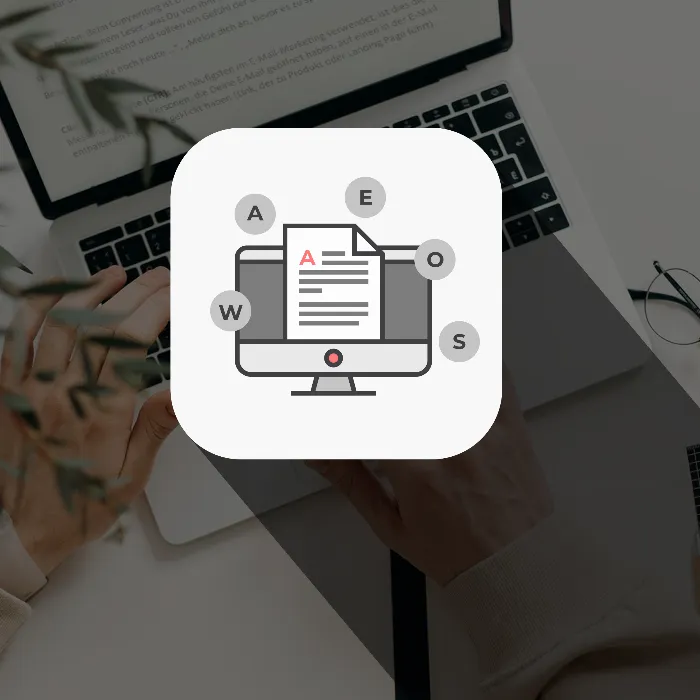Headlines are key when it comes to capturing your readers' attention. They are the first words your audience sees, and they can make the difference between a future reader and someone passing by quickly. In this guide, you will learn what headlines are, how they should be formulated, and what elements they should contain to engage readers to continue reading.
Key Findings
- Headlines should be concise and have a clear statement.
- They should be appealing and lively to evoke emotions.
- The main goal of a headline is to motivate the reader to continue reading.
- The target audience influences how a headline should be formulated.
- Additional information in subheadings can help support the headline but is secondary.
Step-by-Step Guide to Creating Effective Headlines
1. Understand the Definition of a Headline
A headline primarily refers to a particularly eye-catching title used in the press and advertising. It should be designed to catch the reader's eye quickly and pique their interest.

2. Focus on Brevity and Conciseness
Headlines must be short and to the point, with a clear message. The fewer words, the more impact the headline will have. Avoid long, complicated sentences. Ideally, keep the number of words to three to five.
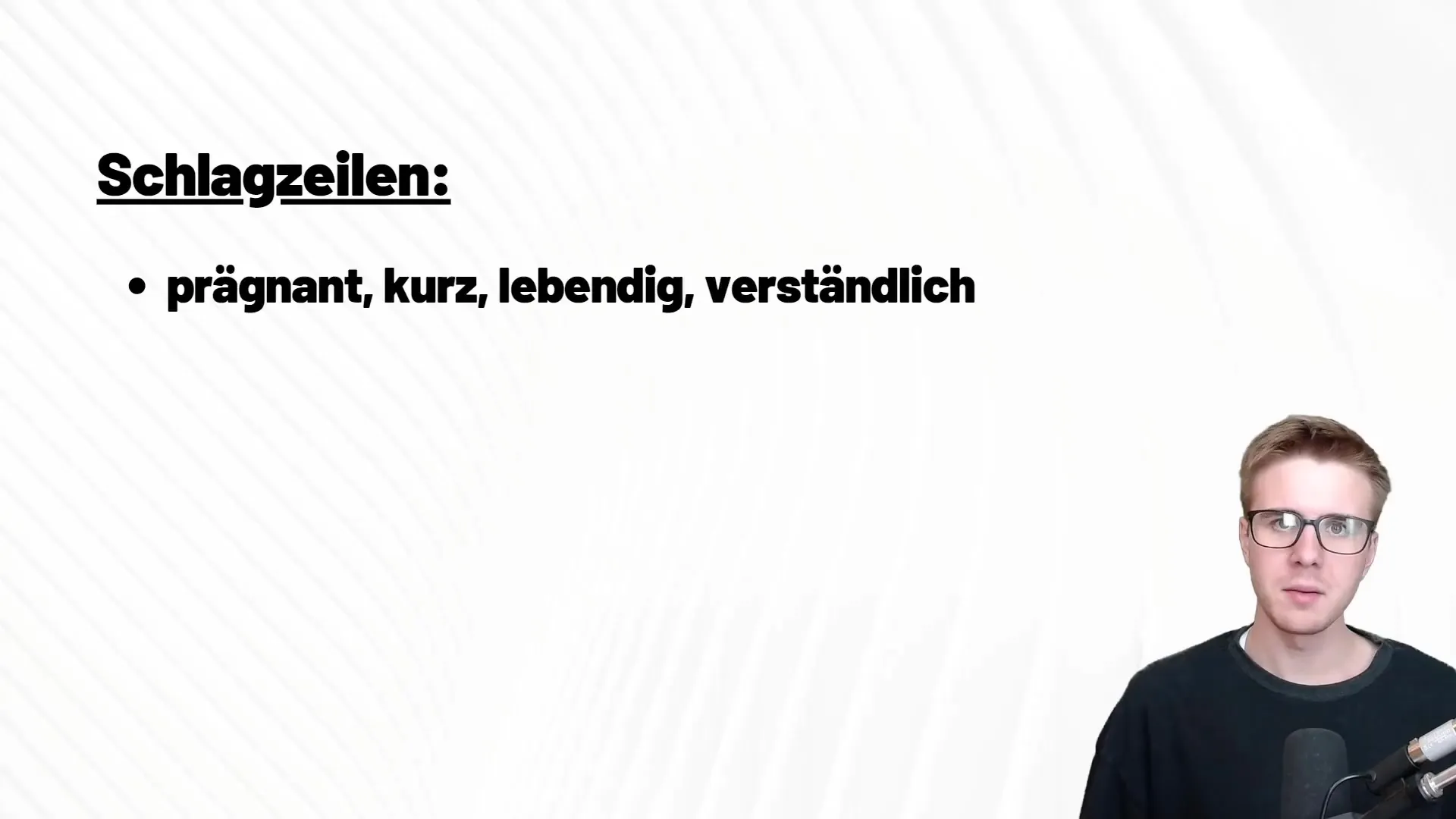
3. Create Vivid Statements
A good headline stands on its own and evokes emotions. Avoid abstract or scientific terms that could deter readers. An emotional approach can attract readers more and motivate them to continue reading.
4. Encourage Continued Reading
The actual goal of a headline is to persuade potential readers to want to know more. If your headline does not pique curiosity or provoke further exploration, the reader will quickly tune out.
5. Audience Orientation
Headlines should be tailored to the target audience. Note that specialized terms or foreign language expressions should only be used if you are sure your target audience understands them.
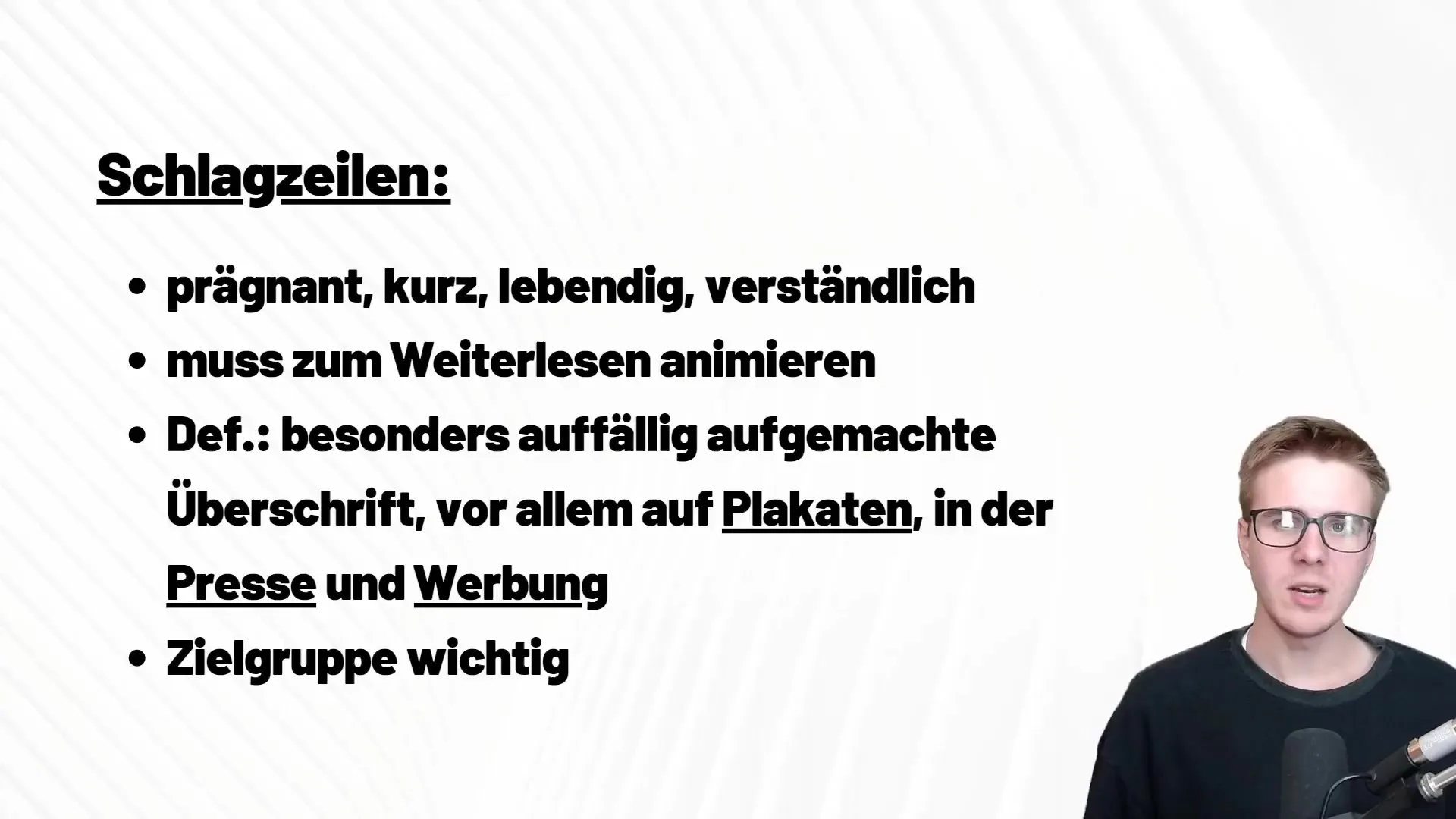
6. Harness Strong Emotions
A strong emotional appeal can work wonders. Address fears, hopes, or other passionate feelings to establish a connection with your audience. Emotional headlines remain memorable.
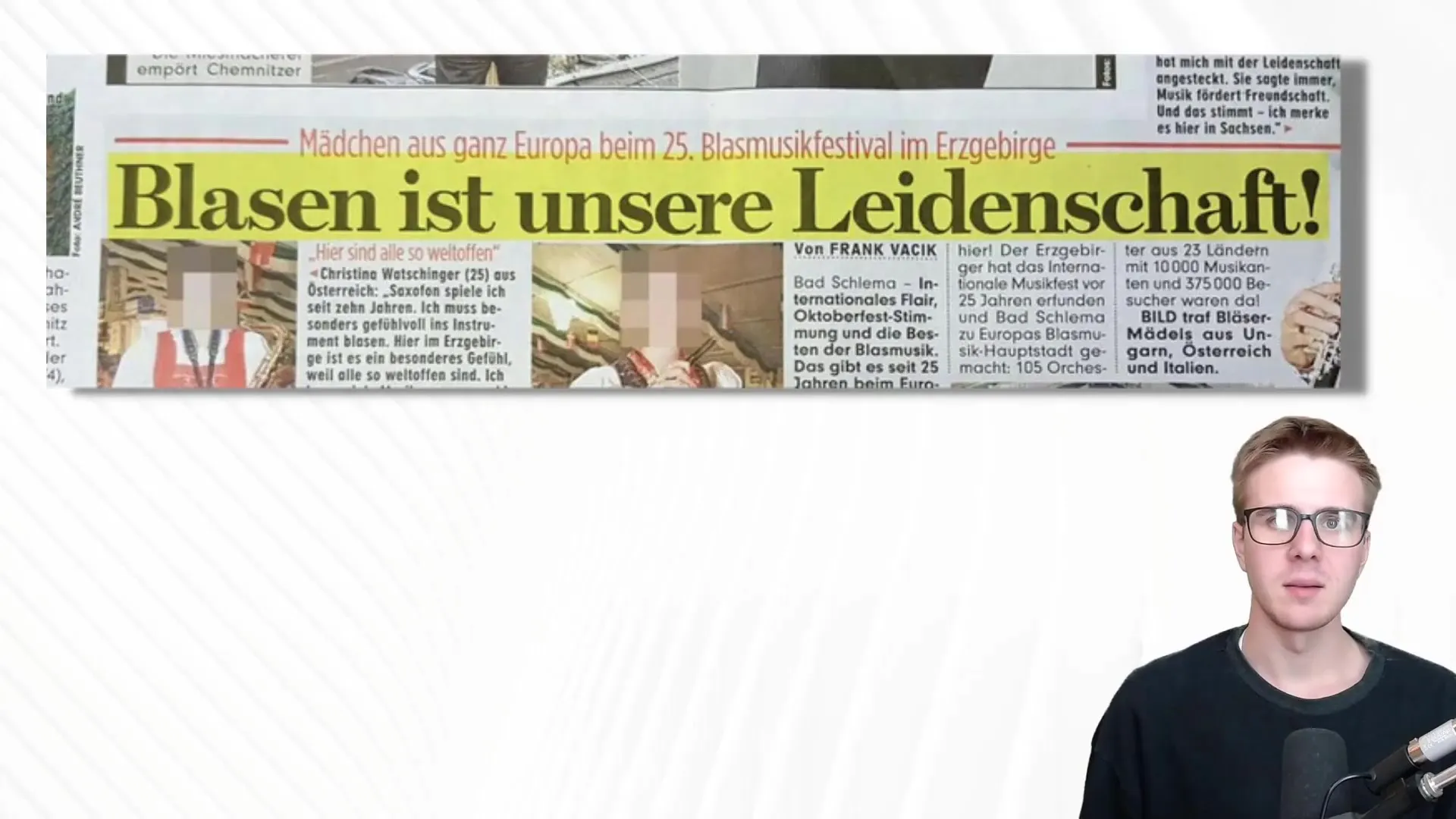
7. Use Subheadings Wisely
Subheadings can be a valuable support in providing additional information, but they should only be used complementary to the main headline. They should not overshadow the main purpose of the headline.
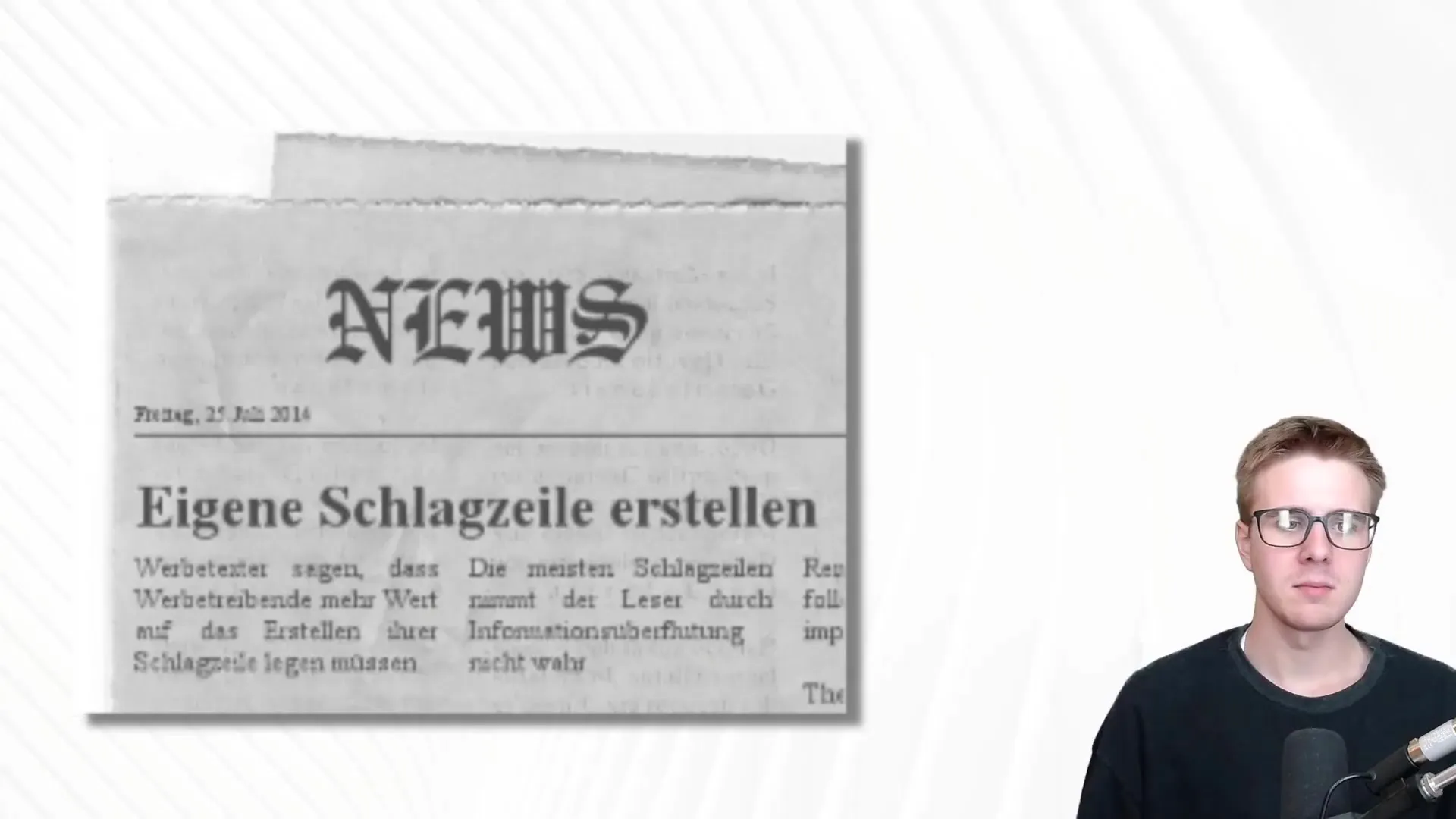
8. Experiment with Your Formulation
Do not hesitate to try out different formulations. Analyze which headlines have worked well in the past and get inspired. Pay particular attention to headlines in newspapers and magazines.
Summary
Headlines are an art form in themselves. They must be short, understandable, and appealing to captivate readers. Understand your target audience, use strong emotions, and experiment with different formulations to create headlines that encourage readers to continue reading.
Frequently Asked Questions
What are headlines?Headlines are striking titles used in the press and advertising to pique readers' interest.
Why are headlines important?They attract readers and encourage them to consume further content.
How long should a headline ideally be?Headlines should be short and concise, ideally three to five words.
How do I address my target audience correctly?Consider their interests and language use to formulate appropriate headlines.
Should I use subheadings?Yes, but they should be complementary and not overwhelming to ensure that the main headline is not devalued.
